Growth in Automotive Industry
The automotive industry is a significant driver for the Nickel Alloy Market, as manufacturers increasingly incorporate nickel alloys into vehicle production. These materials are utilized in various components, including exhaust systems and turbochargers, due to their lightweight and high-performance characteristics. In 2025, the automotive sector is expected to represent around 25% of the nickel alloy consumption, fueled by the rising demand for electric vehicles (EVs) and hybrid models. The shift towards more efficient and environmentally friendly vehicles necessitates the use of advanced materials, which positions nickel alloys as a preferred choice. This growth in the automotive sector is likely to bolster the Nickel Alloy Market, as manufacturers adapt to evolving consumer preferences and regulatory standards.
Rising Demand in Energy Sector
The Nickel Alloy Market is experiencing a notable surge in demand from the energy sector, particularly in oil and gas exploration and production. Nickel alloys are favored for their exceptional resistance to corrosion and high-temperature strength, making them ideal for harsh environments. As energy companies invest in new projects and technologies, the need for durable materials is paramount. In 2025, the energy sector is projected to account for approximately 30% of the total demand for nickel alloys, driven by the expansion of offshore drilling and the development of renewable energy sources. This trend indicates a robust growth trajectory for the Nickel Alloy Market, as companies seek reliable materials to enhance operational efficiency and safety.
Expansion of Chemical Processing Industry
The Nickel Alloy Market is significantly influenced by the expansion of the chemical processing industry, where nickel alloys are essential for manufacturing equipment that withstands corrosive environments. Industries such as petrochemicals, pharmaceuticals, and food processing rely on these materials for their durability and resistance to chemical attack. In 2025, the chemical processing sector is anticipated to account for approximately 20% of the total nickel alloy demand. This growth is driven by increasing investments in infrastructure and the need for advanced materials to enhance production efficiency. As companies seek to optimize their operations, the Nickel Alloy Market is poised to benefit from this trend, as nickel alloys provide the necessary performance characteristics for demanding applications.
Increasing Focus on Aerospace Applications
The aerospace sector is a pivotal driver for the Nickel Alloy Market, as the demand for lightweight and high-strength materials continues to rise. Nickel alloys are extensively used in aircraft engines, structural components, and other critical applications due to their superior mechanical properties and resistance to extreme temperatures. In 2025, the aerospace industry is projected to account for approximately 35% of the total nickel alloy consumption, reflecting the ongoing trend towards more fuel-efficient and high-performance aircraft. This increasing focus on aerospace applications is likely to propel the Nickel Alloy Market forward, as manufacturers strive to meet the stringent requirements of this highly regulated sector. The growth in air travel and advancements in aerospace technology further underscore the importance of nickel alloys in this dynamic market.
Technological Innovations in Manufacturing
Technological innovations in manufacturing processes are playing a crucial role in shaping the Nickel Alloy Market. Advances in production techniques, such as additive manufacturing and precision casting, enable the creation of complex components with enhanced properties. These innovations not only improve the efficiency of nickel alloy production but also expand the range of applications across various industries. In 2025, it is estimated that technological advancements will contribute to a 15% increase in the overall production capacity of nickel alloys. This growth is likely to attract new players into the Nickel Alloy Market, fostering competition and driving further innovation. As manufacturers adopt these cutting-edge technologies, the market is expected to evolve, offering more tailored solutions to meet diverse customer needs.




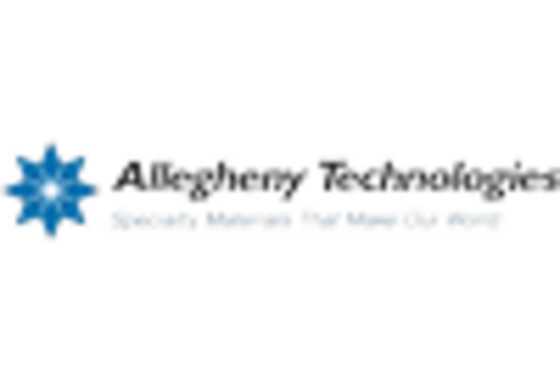
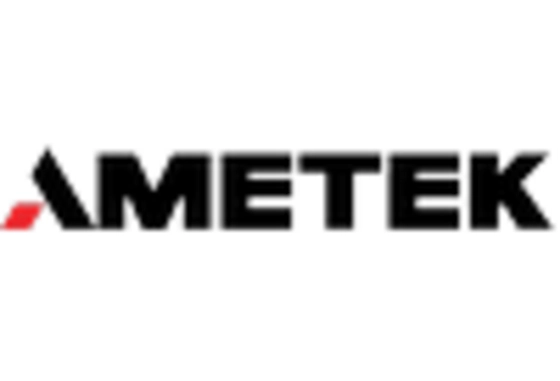
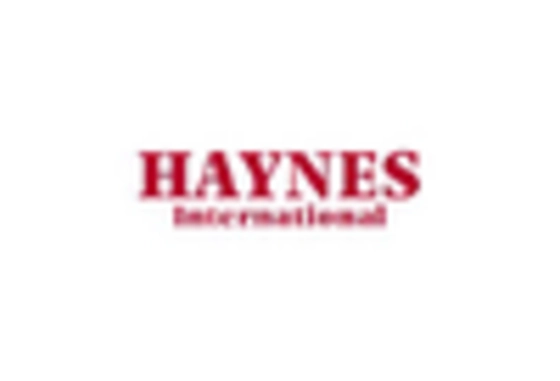
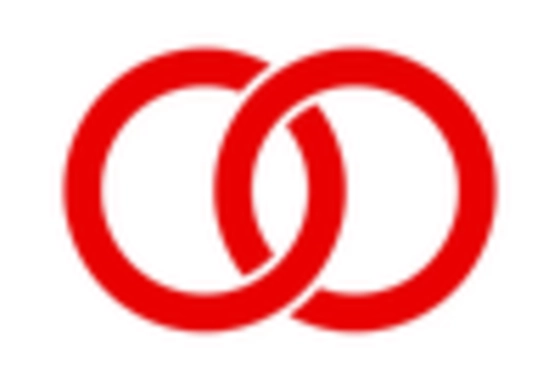

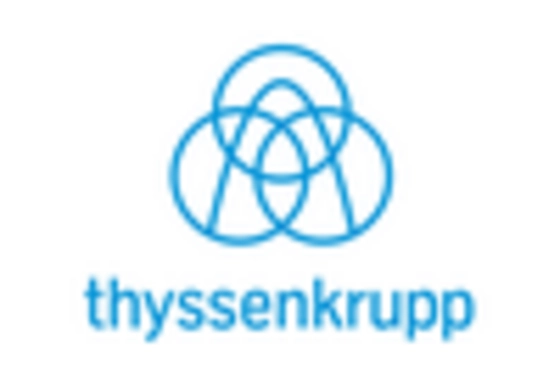








Leave a Comment